As of April 1, Making Stories is closed. Thank you for your support all these years!
As of April 1, Making Stories is closed. Thank you for your support all these years!
Spinning Fiber
Notions & Gifts
Books, Magazines & Patterns
About Us
We're here to help you stitch sustainability into every aspect of your making.
With our carefully curated selection of non-superwash, plastic-free yarns and notions, we have everything you need to get started on your next project - and the one after that.
Here's to a wardrobe of knits we love and want to wear for years to come!
We're here to help you stitch sustainability into every aspect of your making.
With our carefully curated selection of non-superwash, plastic-free yarns and notions, we have everything you need to get started on your next project - and the one after that.
Here's to a wardrobe of knits we love and want to wear for years to come!

Our Sustainability Pledge
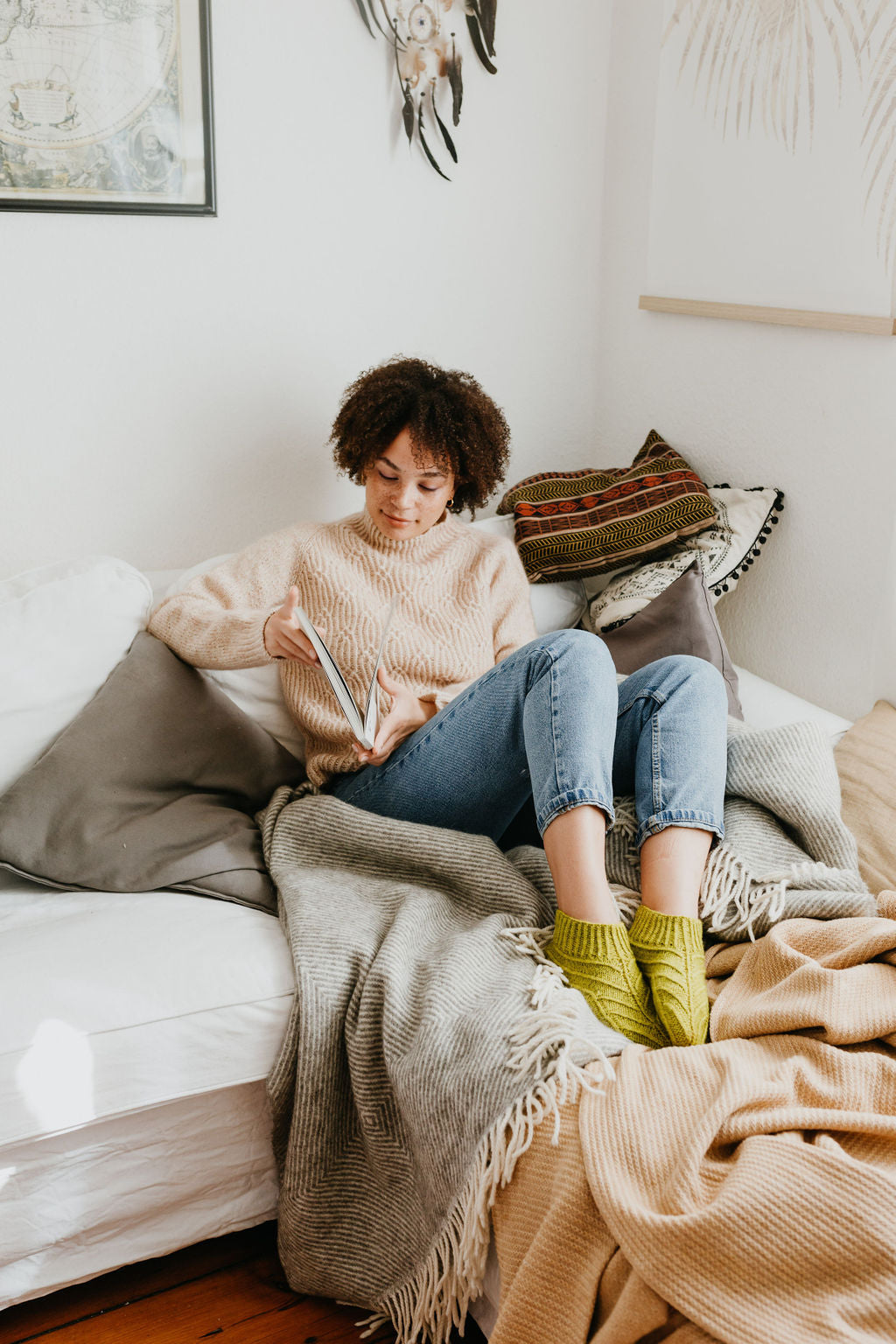
Our Blog

Our Podcast

The Making Stories Collective
Breed Specific Yarn
June 17, 2020 4 min read 1 Comment
Welcome back to the blog!
Last week, we were exploring one of our favourite fibres; Wool. We looked at its characteristics, how they differ fleece to fleece, and how that influences the outcome of our yarn. (If you missed it, you can find it here.) This week, we are going one step further by looking at breed-specific yarns.

But what are breed-specific yarns?
At the risk of stating the obvious, they are yarns spun from the fleece of a specific breed (or several known breeds) of sheep. In comparison, generic wool production is where a range of different fibres are blended to create the softest yarn possible, with courser fibres being discarded and wasted.
Over the past few years, breed-specific yarns have become more and more popular and as a result, more widely available - and it's not hard to see why. The lovely thing about breed-specific yarn is that it celebrates a breed's entire uniqueness. Those quirks and characteristics you find in the fleece translate directly into the yarn, and each skein is like a love letter to the animal that grew the fibre!
As we begin to explore the world of breed-specific yarns, we can also start to see which breeds are best suited with which type of knitting project. The only problem is, with over 200 breeds of sheep alone, keeping track of which breed produces what kind of wool can be pretty tricky.
This is where things get fun. Remember the characteristics we talked about in last weeks post? Staple Length, Crimp, Lustre and Fineness? To make it easier, breeds are grouped into different categories based on similarities in these characteristics. While it helps, this is by no means an exact science. Some breeds won't always fit perfectly into one category, and it's good to keep in mind that the same breed raised in two different environments can show significant differences in their fleece. BUT, it does help to be able to use these categories as a starting point, so let's have a look at what they are.
Finewools:
These have the smallest diameter measurement with an average of 25 or few microns and are often produce the softest yarns. The staple is generally short with a tiny, even crimp. Breeds such as Merino and Cormo fall into this category. Finewools work best for next to the skin projects as these fibres are known for their softness. Be wary of projects that will have a lot of wear, such as socks, as Finewools aren't always the most durable.
Mediumwools:
It's called medium for a reason because it lands right in the middle when it comes to length, crimp, fineness and lustre. With an average of around 24-31 microns, Mediumwools are more durable than Finewools but still relatively comfortable to wear next to the skin. You will find breeds such as Corriedale and Tunis in this category. Mediumwools suit pretty much any project due to their versatility.
Down wool:
Similar to mediumwool, they have 24-34 microns but have much more crimp leading to a very bouncy yarn. In fact, the robust crimp in these fibres means that they resist felting! (Though I would test this out with a swatch first before attempting to machine wash your new sweater.) The extra crimp means they do not have much lustre and usually sport a more matte appearance. The shorter staple length means Down yarns are often woollen spun, which also compliments the bouncy nature of the fibre. Choose Down fibres when you are looking for a light, lofty fabric, but avoid of you need drape. South Down and Dorset Down are great examples of down wool.

Longwool:
With their long staple length, this category is also known as lustrous Longwools. The yarn in this category is usually worsted spun and has a range of softness with an average micron count of 24-41. They have a long, wavy crimp, resulting in smooth and lustrous yarns. Longwools are perfect for projects which will have plenty of wear and particularly useful for outerwear. Examples of Longwool breeds are Cotswold and Romney.
Primitive/Double Coated:
The breeds that fall into this category grow complex fibres, with a variety of staple, fineness, crimp and lustre occurring in one fleece. Primitive type wool felts fantastically, is exceptionally strong and insulating. As with Longwool, it's perfect for outerwear. You will find Icelandic and Shetland breeds in this category.
Further Reading
Pretty cool, huh?! I can't think of a better way of honouring our woolly friends more than by respecting and celebrating every little bit of their fabulous fleece. By gaining a better understanding of the category a breed falls under, we can also choose the perfect yarn for our next project.
If you have enjoyed this introduction into breed-specific yarns and are interested in really delving into this topic, I can highly recommend ‘The Knitter's Book Of Wool' by Clara Parks. Solitude Yarn also have some fantastic information on their website on this topic, and Brooklyn Tweed have written several article surrounding their work with breed-specific yarns.*
*A quick note to say none of these are affiliate links; they're just super interesting!
Further Knitting
Have I inspired you to try breed-specific yarns? I hope so! If you are looking for some inspiration, here are some suggestions to get you started:
Do you have a favourite breed-specific yarn you would like to share? Tell us about it in the comments below!
1 Response
Leave a comment
Comments will be approved before showing up.
Also in Blog
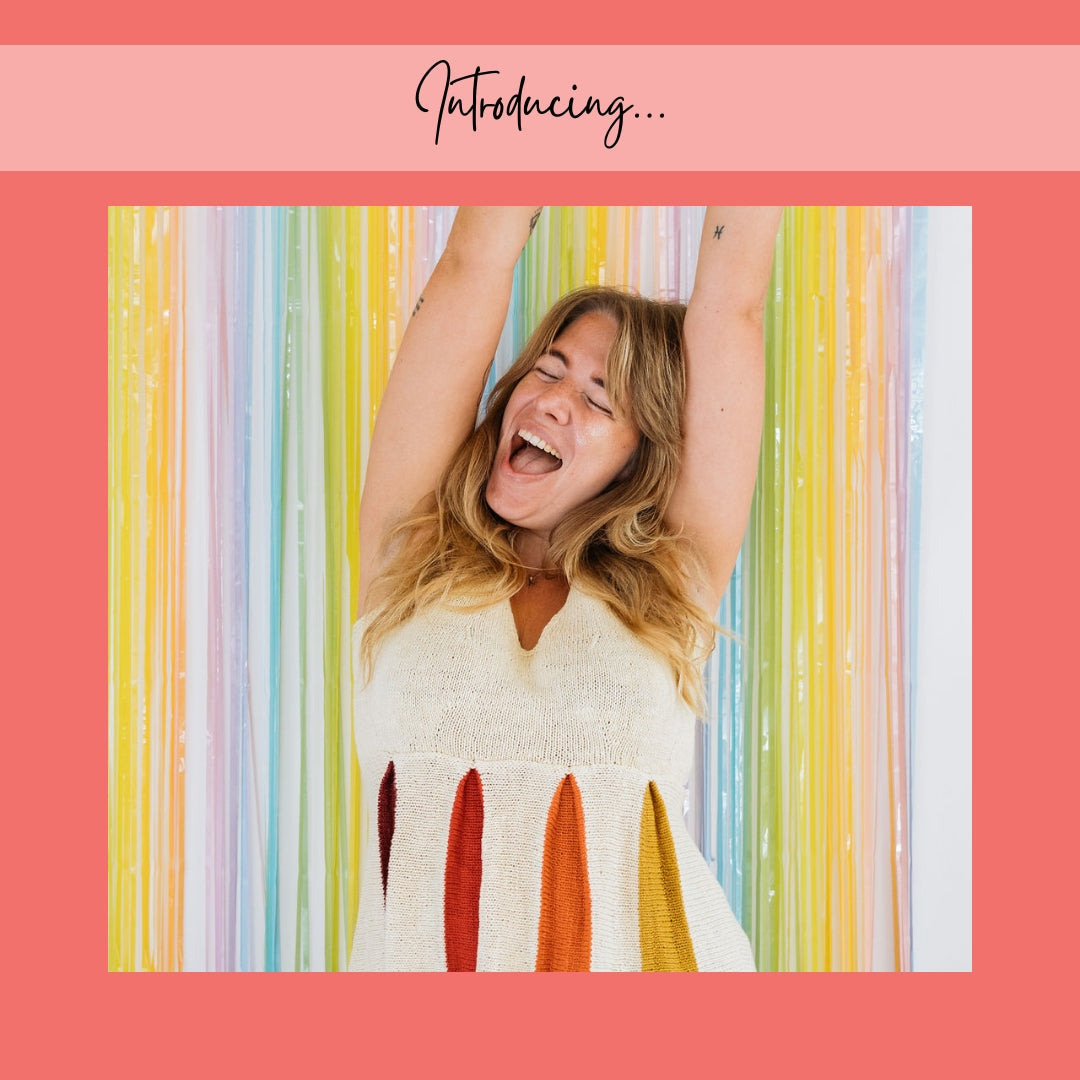
Issue 13 – Confetti & Rainbows | Official Pattern Preview
February 12, 2025 13 min read
Hi lovelies! The sun is out here in Berlin, and what better day to talk about one of the most joyful issues we've ever done than a brilliant sunny winter day – meet Issue 13, Confetti & Rainbows!
In Issue 13 – our Spring 2025 Issue – we want to play! Confetti and rainbows, unusually and unconventionally interpreted in 12 new knitwear designs – a journey through color, shapes, texture and materials.
Confetti made out of dried flowers, collected over months from bouquets and the road side. Sparkly rainbows, light reflecting. Gentle textures and shapes, echoing the different forms confetti can take. An unexpected rainbow around the corner, on a brick wall, painted in broad strokes.
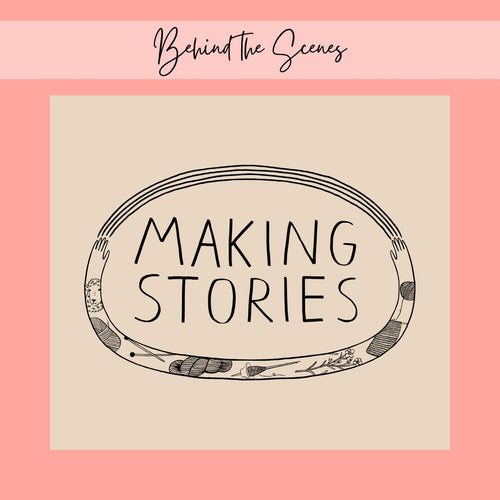
New Look, Same Heart: The Story Behind Our Delightful Rebrand
January 16, 2025 4 min read 1 Comment
Hi lovelies! I am back today with a wonderful behind-the-scenes interview with Caroline Frett, a super talented illustrator from Berlin, who is the heart and and hands behind the new look we've been sporting for a little while.
Caro also has a shop for her delightfully cheeky and (sometimes brutally) honest T-Shirts, postcards, and mugs. (I am particularly fond of this T-Shirt and this postcard!)
I am so excited Caro agreed to an interview to share her thoughts and work process, and what she especially loves about our rebrand!
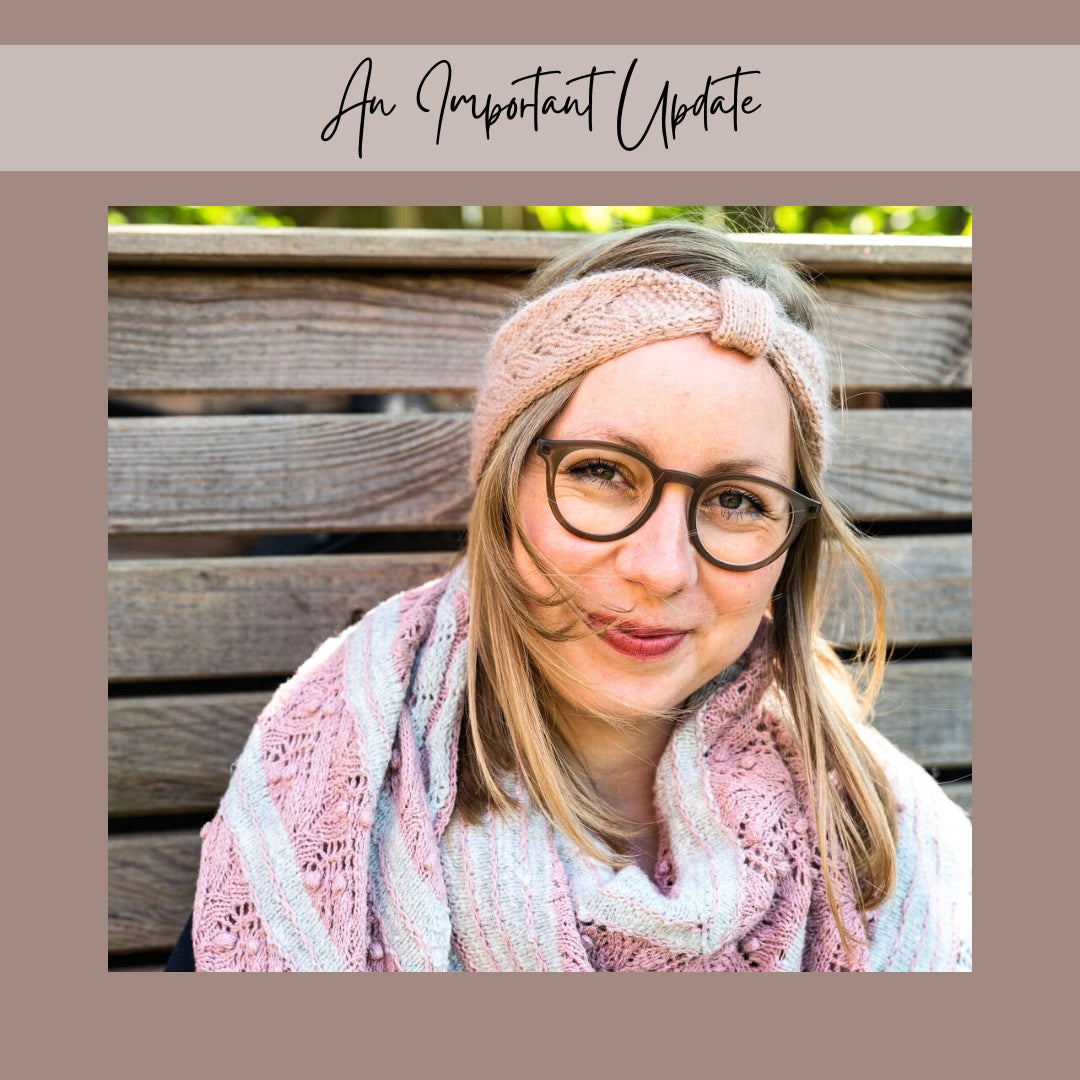
Thoughts on closing down a knitting magazine
November 19, 2024 12 min read 1 Comment
Who Is Making Stories?
We're a delightfully tiny team dedicated to all things sustainability in knitting. With our online shop filled with responsibly produced yarns, notions and patterns we're here to help you create a wardrobe filled with knits you'll love and wear for years to come.
Are you part of the flock yet?
Sign up to our weekly newsletter to get the latest yarn news and pattern inspiration!


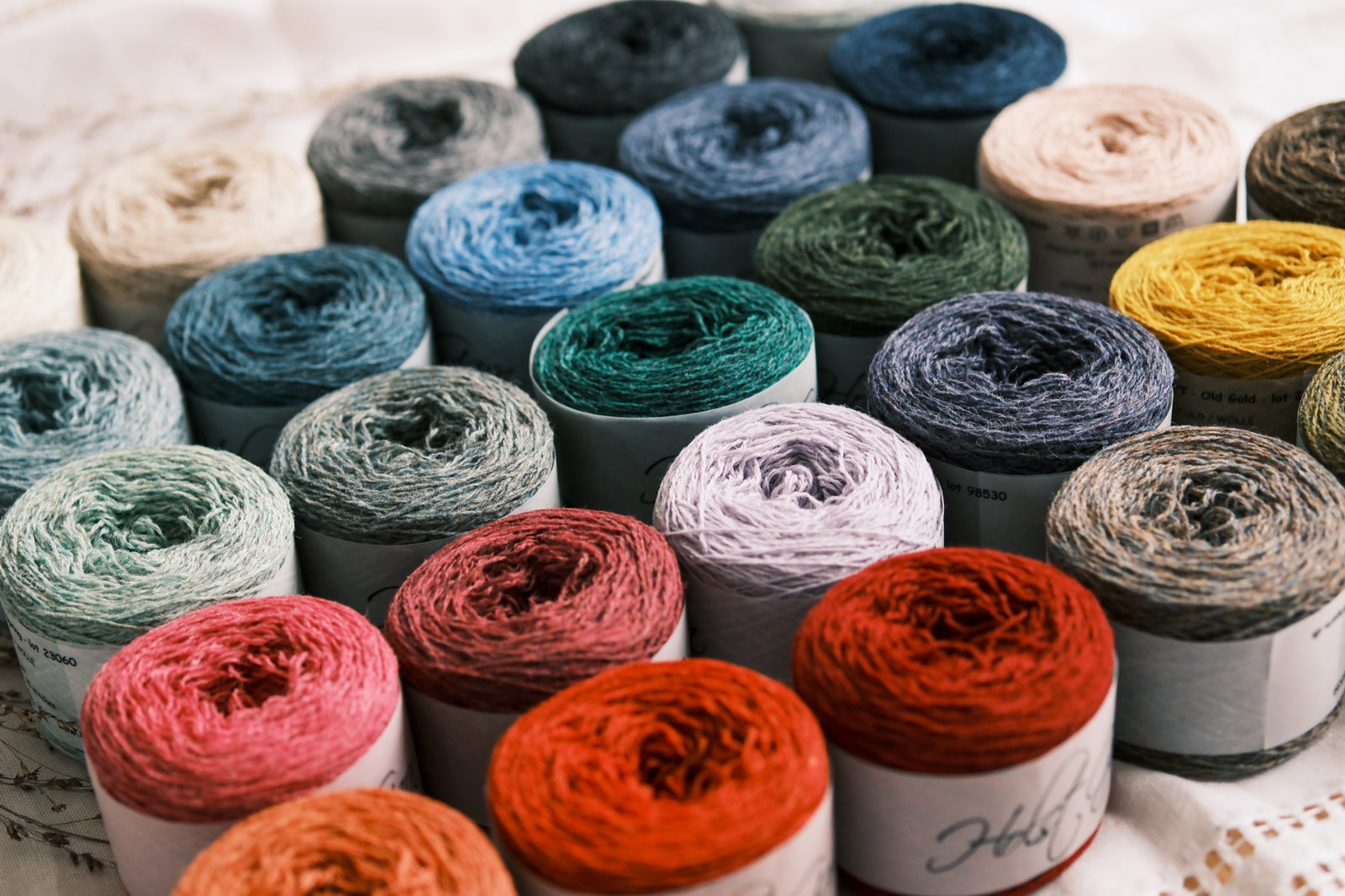

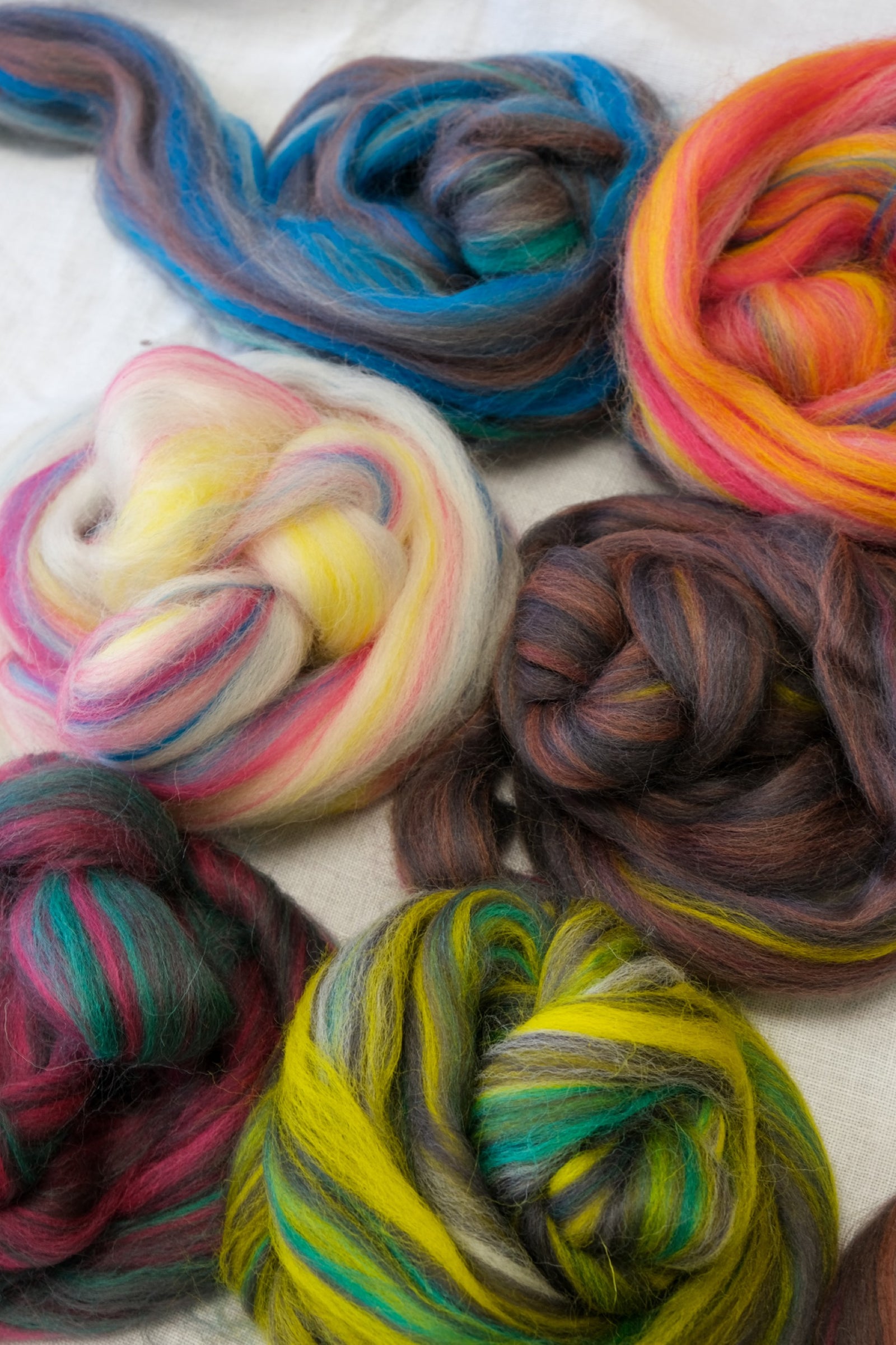
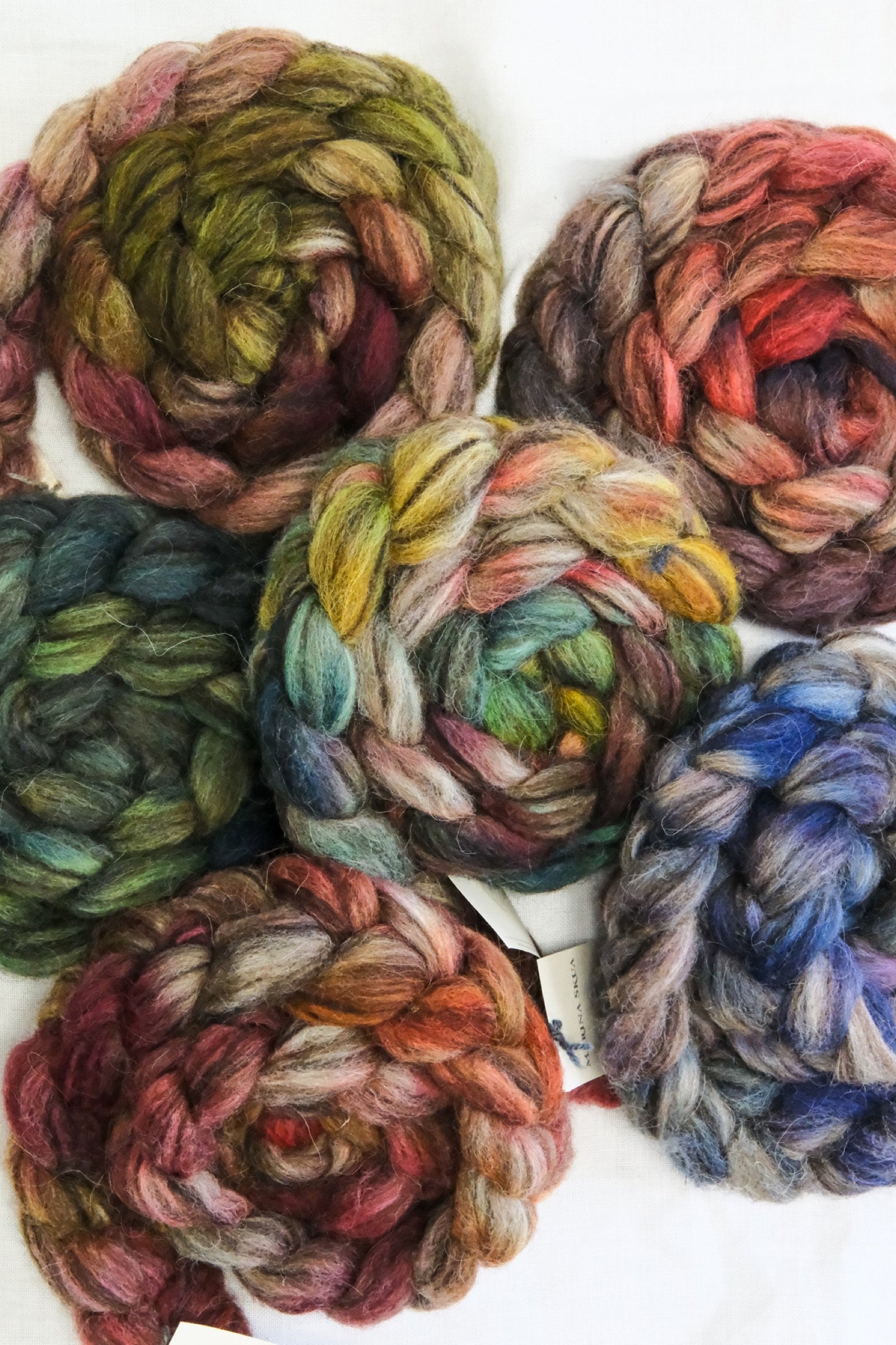
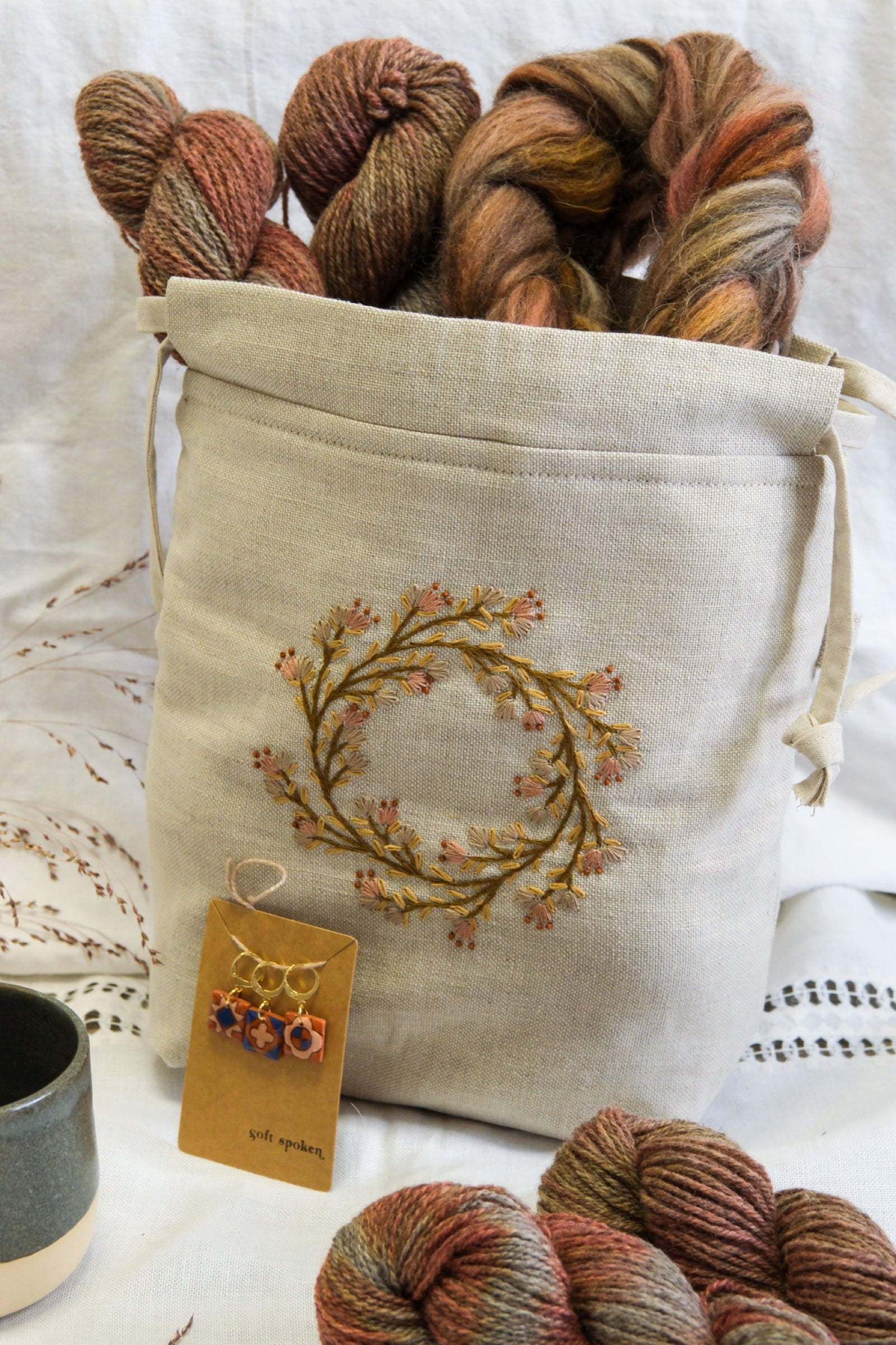
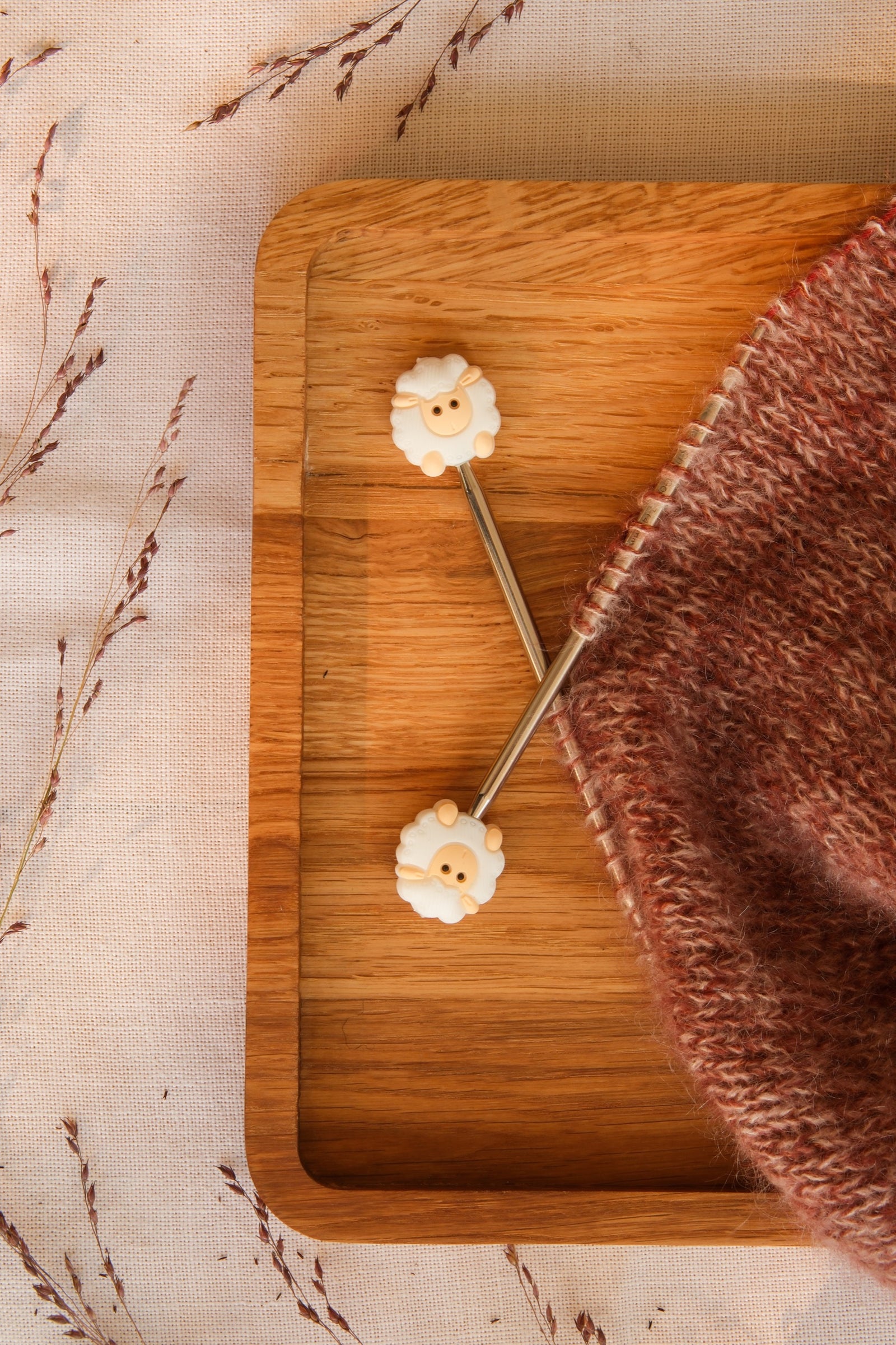
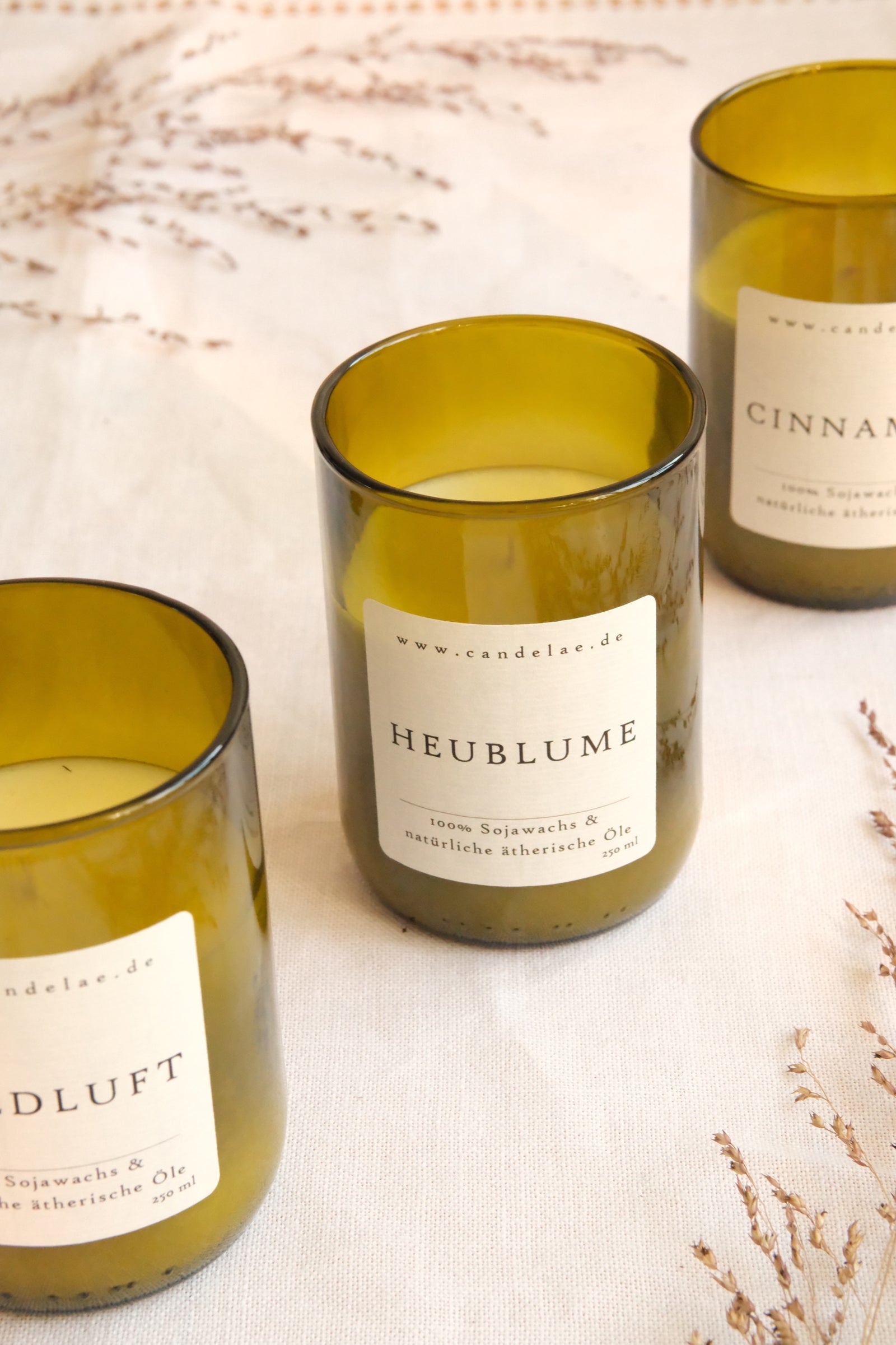
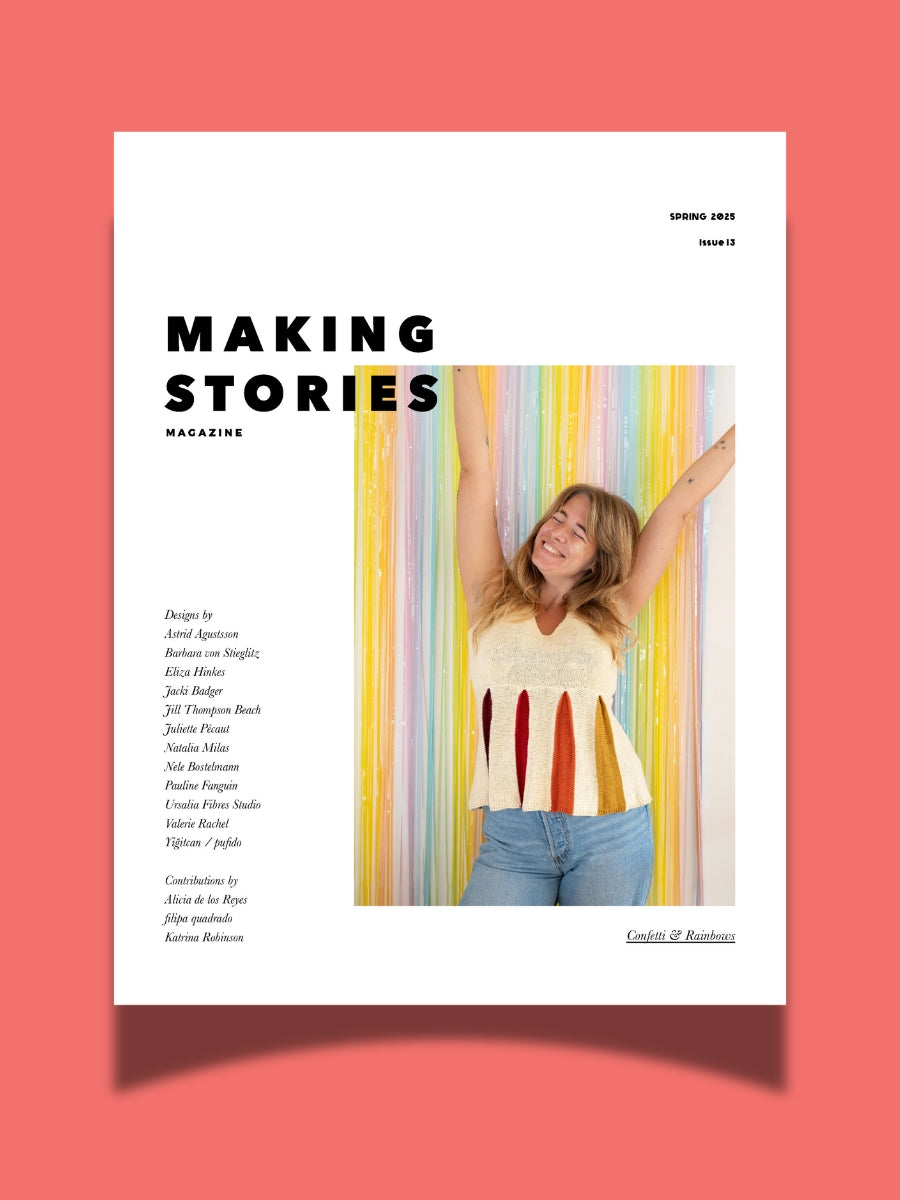
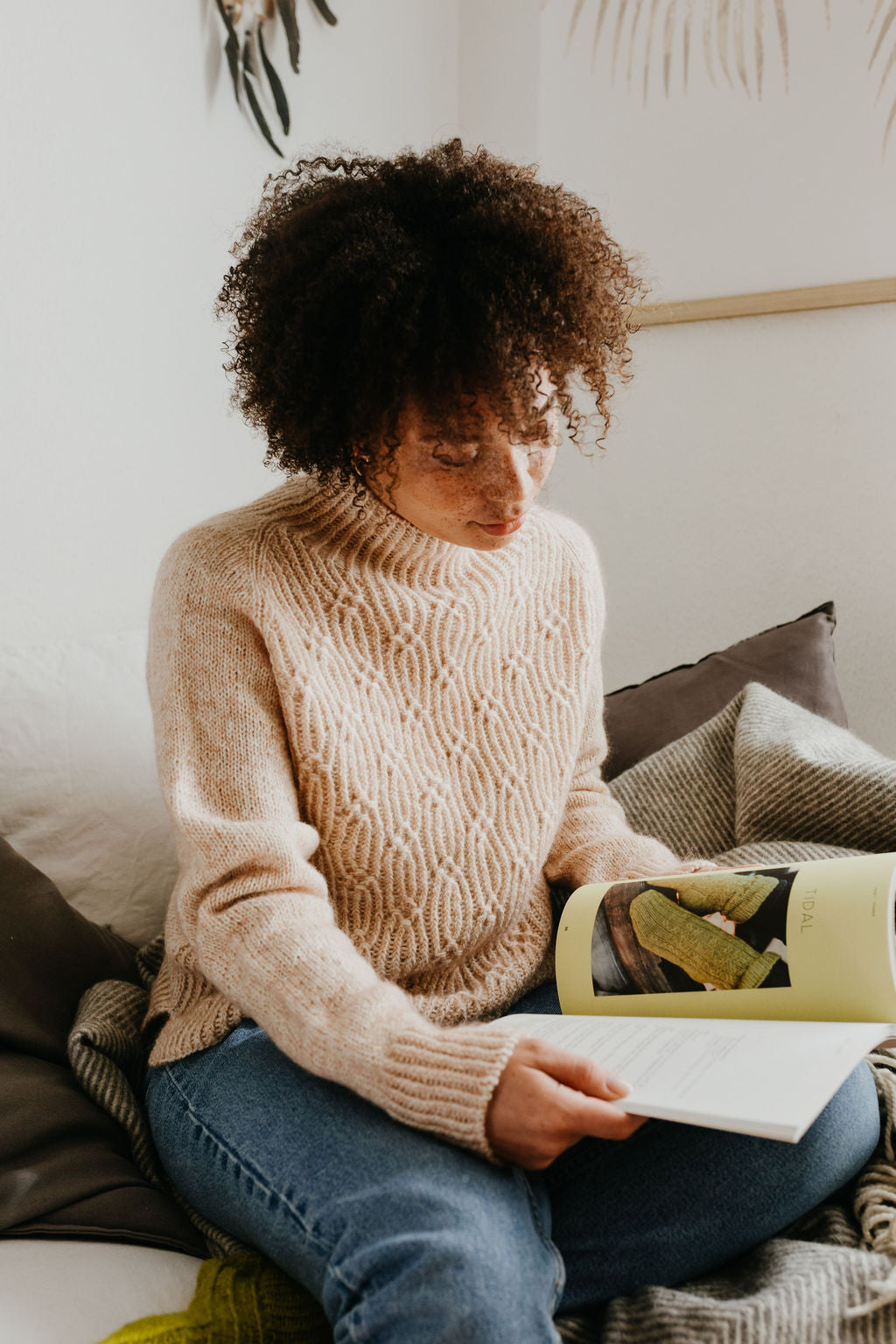
Emily
June 18, 2020
Elsa Wool Cormo!